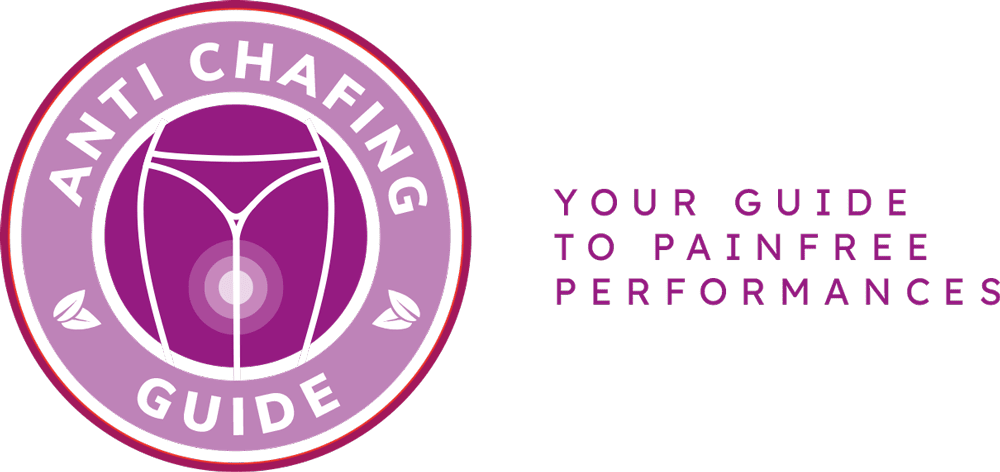Are chafing blisters making your life miserable? Look no further! In this comprehensive guide, we will delve into the world of chafing blisters and provide you with expert advice from a dermatologist to help you achieve smooth skin bliss!
Chafing blisters can be a real nuisance, causing discomfort and pain. Understanding their causes, symptoms, and risk factors is crucial in finding effective prevention and treatment strategies. With the help of our expert dermatologist, we will explore these aspects in detail.
Prevention is key when it comes to chafing blisters. Our guide will equip you with valuable insights on how to avoid these pesky blisters altogether. From choosing the right clothing to using effective lubrication techniques and establishing a proper skin care routine, we have got you covered.
So, say goodbye to chafing blisters and hello to smooth skin bliss! Let’s embark on this journey together and banish chafing blisters for good. Our expert dermatologist’s ultimate guide will be your go-to resource for all things chafing-related. Get ready to reclaim your comfort and confidence!
Understanding Chafing Blisters
Understanding Chafing Blisters
Chafing blisters can be a real pain, quite literally. But fear not, dear reader, for I am here to shed light on this pesky problem. Let’s dive into the causes, symptoms, and risk factors of chafing blisters, and why they can be a recurring issue for many individuals.
Firstly, what exactly causes these blisters to form? Chafing blisters occur when friction rubs against the skin, leading to irritation and the formation of painful blisters. This friction can be caused by various factors, such as repetitive motion, ill-fitting clothing or shoes, and even excessive moisture.
Now, onto the symptoms. Chafing blisters typically manifest as red, inflamed areas of skin that may be tender to the touch. As the blisters develop, they can become filled with fluid, causing further discomfort. Ouch!
But why do some individuals experience chafing blisters more frequently than others? Well, there are several risk factors to consider. People who engage in activities that involve repetitive motions, such as running or cycling, are more prone to chafing blisters. Additionally, those with sensitive skin or who sweat excessively are also at a higher risk.
So, there you have it! A glimpse into the world of chafing blisters. Armed with this knowledge, you can now better understand the causes, symptoms, and risk factors associated with this pesky problem. Stay tuned for the next part of our ultimate guide, where we’ll delve into effective strategies to prevent and treat chafing blisters. Until then, keep your skin happy and blister-free!
Preventing Chafing Blisters
Preventing Chafing Blisters
Are chafing blisters ruining your day? Fear not, because we have the ultimate guide to help you banish them for good! Here, we will share expert strategies and tips that will keep your skin smooth and blissful.
1. Proper Clothing Choices:
- Opt for moisture-wicking fabrics that reduce friction and keep your skin dry.
- Avoid tight-fitting clothes that can rub against your skin and cause irritation.
- Consider wearing seamless garments to minimize friction points.
2. Lubrication Techniques:
- Apply a lubricating balm or anti-chafing cream to areas prone to friction.
- Choose products that are non-greasy, long-lasting, and provide a protective barrier.
- Reapply as needed, especially during prolonged physical activities.
3. Skin Care Routines:
- Keep your skin well-moisturized to enhance its natural barrier function.
- Use gentle cleansers and avoid harsh soaps that can strip away essential oils.
- Consider using talcum powder or cornstarch in areas prone to moisture buildup.
By implementing these preventive measures, you can enjoy a chafe-free life and bid farewell to those pesky blisters. Remember, prevention is key, so take care of your skin and embrace the bliss of a smooth, irritation-free experience!
Frequently Asked Questions
- Q: What causes chafing blisters?
- Q: How can I prevent chafing blisters?
- Q: Are there any specific clothing choices that can help prevent chafing blisters?
- Q: Can chafing blisters be treated at home?
- Q: How long does it take for chafing blisters to heal?
A: Chafing blisters are typically caused by friction between the skin and clothing or other surfaces. This friction can be worsened by moisture, heat, or repetitive movements.
A: There are several effective ways to prevent chafing blisters. Firstly, choose clothing made from breathable and moisture-wicking fabrics. Applying a lubricant or anti-chafing balm to areas prone to chafing can also help reduce friction. Additionally, maintaining good hygiene and keeping the skin dry can minimize the risk of chafing blisters.
A: Yes, opting for loose-fitting clothing made from smooth fabrics can help reduce friction and prevent chafing blisters. Avoid wearing tight or rough materials that can rub against the skin. It’s also a good idea to choose seamless garments whenever possible.
A: Mild cases of chafing blisters can often be treated at home. Keep the affected area clean and dry, and apply a soothing ointment or cream to promote healing. If the blisters are severe or show signs of infection, it’s best to consult a dermatologist for proper medical treatment.
A: The healing time for chafing blisters can vary depending on the severity of the blisters and individual healing abilities. In general, mild cases may heal within a few days, while more severe cases may take up to a couple of weeks. It’s important to allow the blisters to heal naturally and avoid further irritation.


Keith is originally from Truckton, Colorado. The 54-year-old cared for his overweight wife for many years. Keitch is also a freelance editor at antichafing.net and supports the team as a competent advisor. In his spare time Keith enjoys reading books, visiting his homeland and is a passionate product tester for well-known manufacturers.

